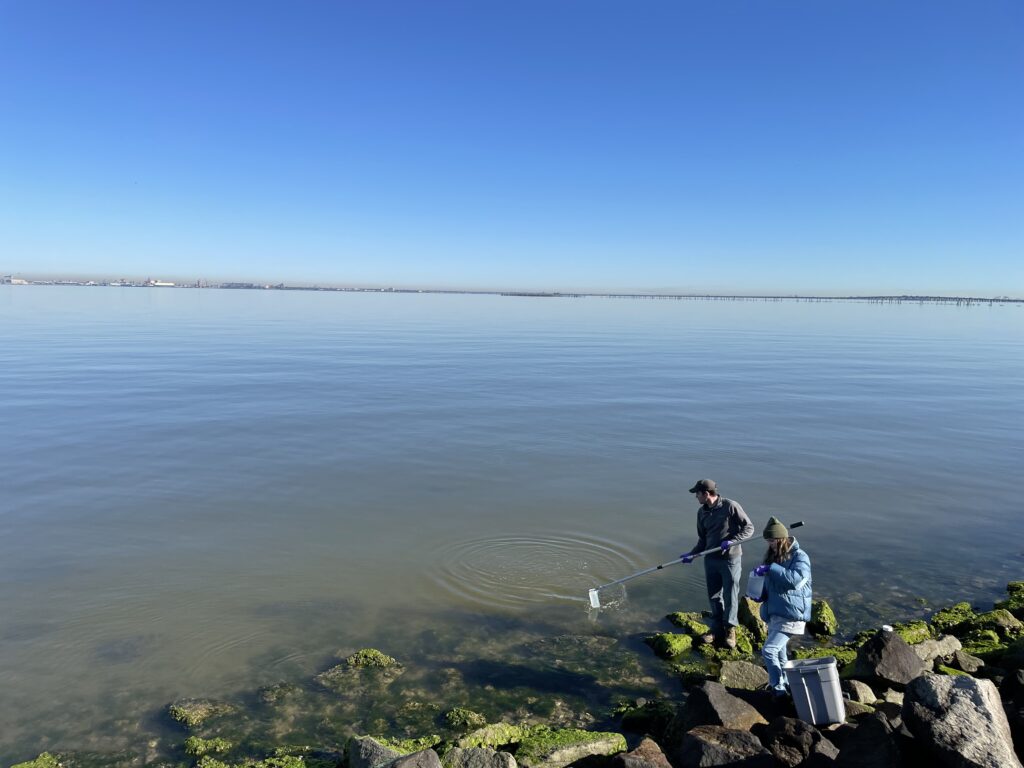Posted on February 10, 2025 by H2O Molecular
Water supplies are fundamental to public health, environmental stability, and economic prosperity. When elevated levels of bacteria or viruses are detected in our water bodies, the burning question becomes: Where did they come from? Microbial Source Tracking (MST) is the key—it identifies the origins of water contamination and paves the way for targeted, effective remediation.
What is Microbial Source Tracking?
MST is a suite of advanced laboratory and data analysis techniques designed to trace the origins of fecal contamination in water bodies. Traditional methods often relied on culturing indicator bacteria, but current MST leverages molecular tools to detect unique genetic “signatures” in microorganisms. By examining these markers, scientists can differentiate among various contamination sources:
- Human: Contamination from failing septic systems, sewage treatment overflows, or broken wastewater infrastructure.
- Livestock: Runoff carrying manure from cattle, poultry, or other farm animals.
- Wildlife: Naturally occurring inputs from birds, deer, and other local fauna.
- Pets: Domestic animal waste not properly disposed of that finds its way into storm drains and waterways.
How Does Microbial Source Tracking Work?
The process begins in the field, where water and sediment samples are collected from carefully chosen sites—whether near discharge points, along agricultural runoffs, or at recreational areas—to ensure they accurately represent the local environment. Samples are then shipped or dropped off at our lab in San Diego.
Once the samples arrive, we concentrate them, extract the DNA, and quantify our targets using our state-of-the-art digital PCR instruments. Digital PCR partitions each sample into thousands of micro-reactions, each of which is screened for the presence or absence of the target molecule. Statistical analysis then precisely quantifies these distinctive genetic markers—even when they’re present in extremely low amounts. This high sensitivity is essential for detecting subtle contamination events and distinguishing between multiple potential sources.
Why Does MST Matter?
MST is an essential tool for addressing water contamination challenges. Its benefits include:
- Protecting Public Health: Rapid identification of potential fecal derived pathogens enables swift intervention, reducing the risk of waterborne illnesses.
- Guiding Remediation Efforts: Knowing the precise source of contamination allows for targeted action—whether it’s repairing aging infrastructure or adjusting agricultural practices.
- Ensuring Regulatory Compliance: MST provides the scientific supporting data necessary to meet rigorous water quality standards and comply with environmental laws.
- Safeguarding Ecosystems: By identifying and mitigating contamination sources, MST helps preserve aquatic ecosystems and maintain biodiversity.
Real-World Applications
MST is a tool with tangible impact. Here are some examples of how our work in MST is making a difference:
- CSI-MST Approach: Our Collection System Investigation-Microbial Source Tracking (CSI-MST) study demonstrates how digital PCR enhances MST by delivering rapid, highly accurate source attribution—even in complex environmental settings. By targeting the stormwater conveyance system, we reduce dilution and DNA degradation, thereby pinpointing compromised sewer infrastructure more effectively. https://doi.org/10.1016/j.mimet.2020.106068
- Urban Sewer Overflow Investigations: During heavy rains, overloaded urban sewer systems can spill waste into waterways. MST helps determine whether such overflows are occuring, enabling city officials to implement targeted fixes.
- Beach Closures & Recreational Water Management: When bacterial counts spike at popular beaches, MST can reveal whether the source is human sewage, agricultural runoff, or wildlife. This precise information is crucial for making informed decisions about closures and remediation measures.
- Agricultural Runoff Management: Farms with large livestock populations often face challenges with manure runoff. By identifying whether these practices are contributing to contamination, MST helps guide interventions such as installing riparian buffers or upgrading manure management systems.
- Wildlife Management: In areas where wildlife contributes to contamination, MST informs management strategies.
Our Expertise
At H2O Molecular, our approach to MST blends traditional methodologies with the precision of digital PCR technology. Leveraging our digital PCR technology, we offer a suite of MST assays that target a variety of genetic markers unique to different sources—whether from human activity, livestock, wildlife, or pets. Depending on the project objectives, we can build a custom panel to meet your specific needs. We elevate water quality testing and enable swift, informed decision-making with our licensed EPA MST assays and rapid turnaround times for in-stock tests, including but not limited to human (HF183, crAssphage), general bacteroides (GenBac), avian (GFD), dog (DG37), cow (CowM3), ruminant (Rum2Bac), pig (Pig2Bac), and fecal indicator bacteria (E. coli, enterococci).
Our team is available to assist with data interpretation, and our findings are compiled into a comprehensive report for actionable insights.
Moving Toward Cleaner Water
Microbial Source Tracking isn’t just about identifying problems—it’s a roadmap to actionable solutions. By identifying the origins of contamination, MST equips communities with the insights they need to protect public health, safeguard ecosystems, and comply with environmental regulations.
Stay tuned to our blog at www.h2omolecular.com for more insights on water testing, fecal contamination management, and the latest advances in digital PCR technology. Have questions about MST or other water quality concerns? Don’t hesitate to reach out—we’re here to help. And be sure to check out our MST work on our Google Scholar page for further details on our research and innovations.
